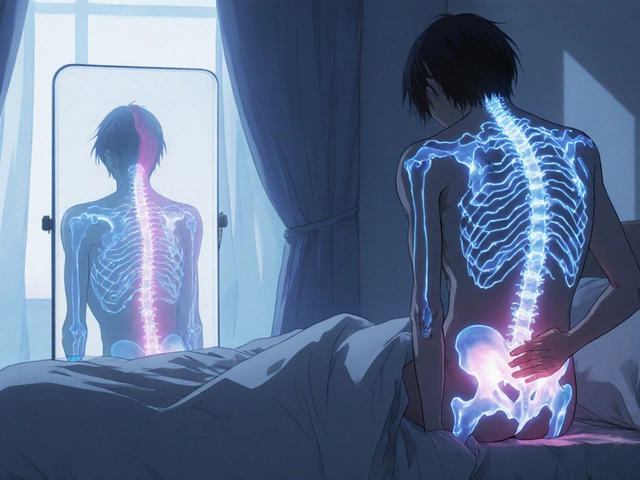Hair Regrowth Tips: Simple Ways to Boost Thinning Hair Fast
If your hair’s looking thinner than usual, you’re not alone. Most people notice a change at some point, and the good news is there are real, practical steps you can take today to help it grow back stronger.
Know What’s Causing the Loss
Before you try any product, figure out why your hair’s shedding. Common culprits are stress, nutrient gaps, hormone swings, and harsh styling habits. A quick check of your diet, sleep pattern, and any recent life changes can give you clues. If you’re on medication or have a health condition, ask your doctor – some prescriptions can thin hair without you even knowing.
Everyday Habits That Grow Hair
1. Eat for hair. Protein, iron, zinc, and vitamins A, C, D, and E are the building blocks. Include eggs, lean meat, beans, leafy greens, and nuts in your meals. A daily multivitamin with biotin can fill small gaps, but food should be your main source.
2. Scalp massage. Ten minutes of gentle massage stimulates blood flow, which brings nutrients to follicles. Use your fingertips or a silicone brush while shampooing.
3. Skip heat and tight styles. Frequent blow‑drying, straightening, or pulling hair back tight can weaken strands. Let hair air‑dry when you can and opt for loose braids or ponytails.
4. Stay hydrated. Water supports every cell in your body, including hair cells. Aim for at least eight glasses a day.
5. Pick the right shampoo. Look for gentle, sulfate‑free formulas with ingredients like caffeine, saw palmetto, or ketoconazole. These can reduce follicle inflammation and improve growth cycles.
6. Consider proven supplements. Over‑the‑counter options such as saw palmetto, pumpkin seed oil, and marine collagen have shown promise in small studies. Talk with a healthcare professional before stacking them.
7. Try topical minoxidil. It’s the only over‑the‑counter product with solid evidence for regrowing hair on the scalp. Apply twice daily as directed; you’ll see changes after a few months.
8. Get enough sleep. Growth hormone peaks during deep sleep, helping hair follicles repair. Aim for seven to nine hours each night.
9. Manage stress. Chronic stress raises cortisol, which can push hair into the shedding phase. Practices like short walks, breathing exercises, or a hobby can keep stress in check.
10. Know when to seek a pro. If you see rapid thinning, bald spots, or no improvement after three months of home care, a dermatologist can offer prescription options like finasteride or low‑level laser therapy.
Putting these habits together creates a solid foundation for hair regrowth. You don’t need to overhaul your life overnight – start with one or two changes and build from there. Consistency is key; hair grows slowly, so give each step a few weeks before judging results.
Ready to boost your hair? Pick the tip that feels easiest right now, set a reminder, and stick with it. Soon you’ll notice thicker strands and a confidence boost that lasts far beyond the mirror.






